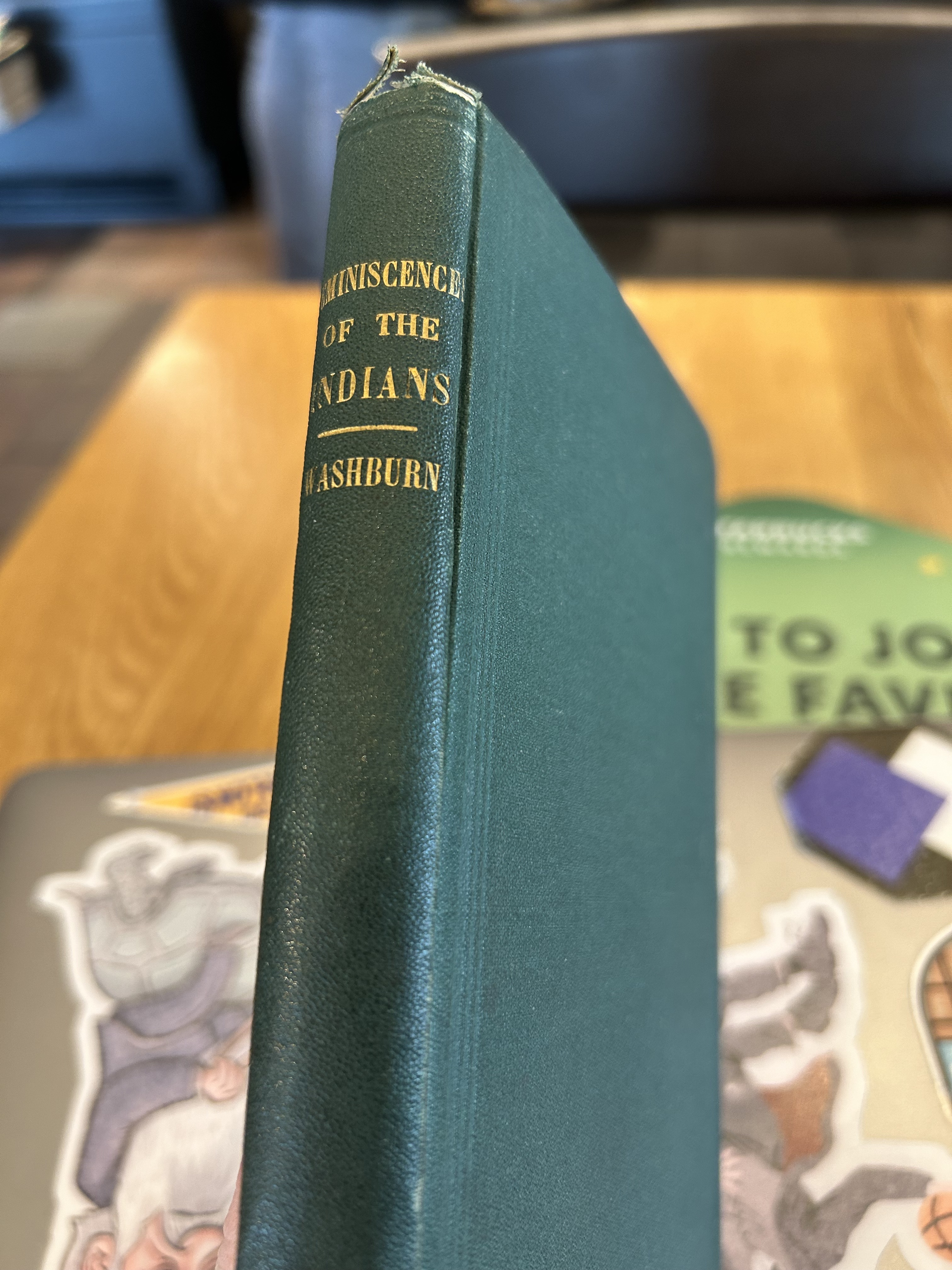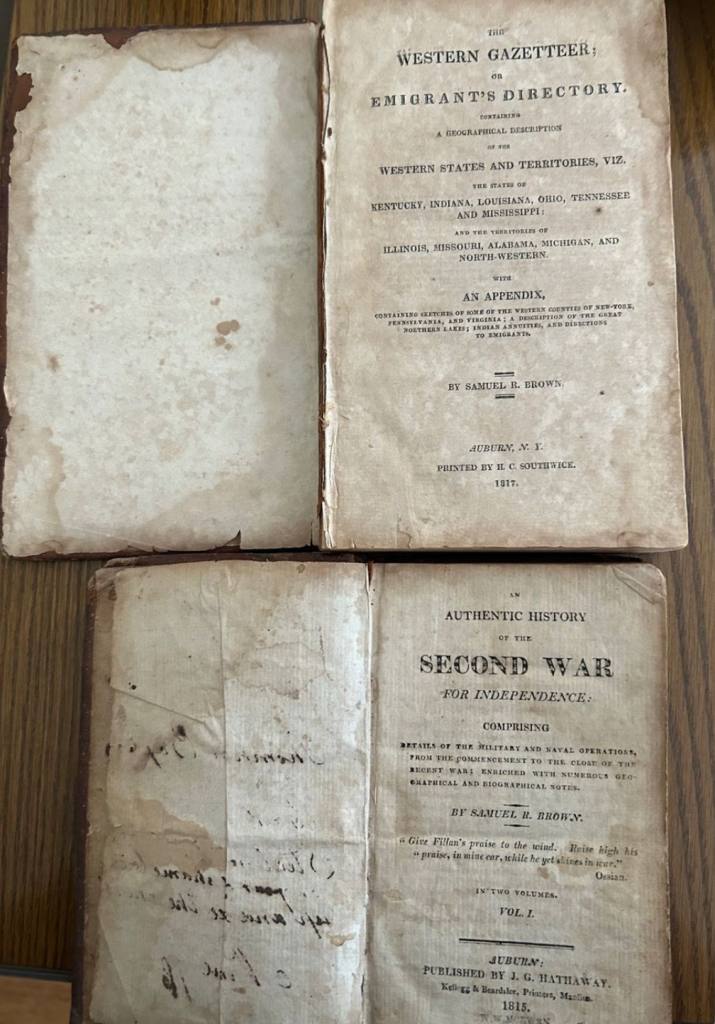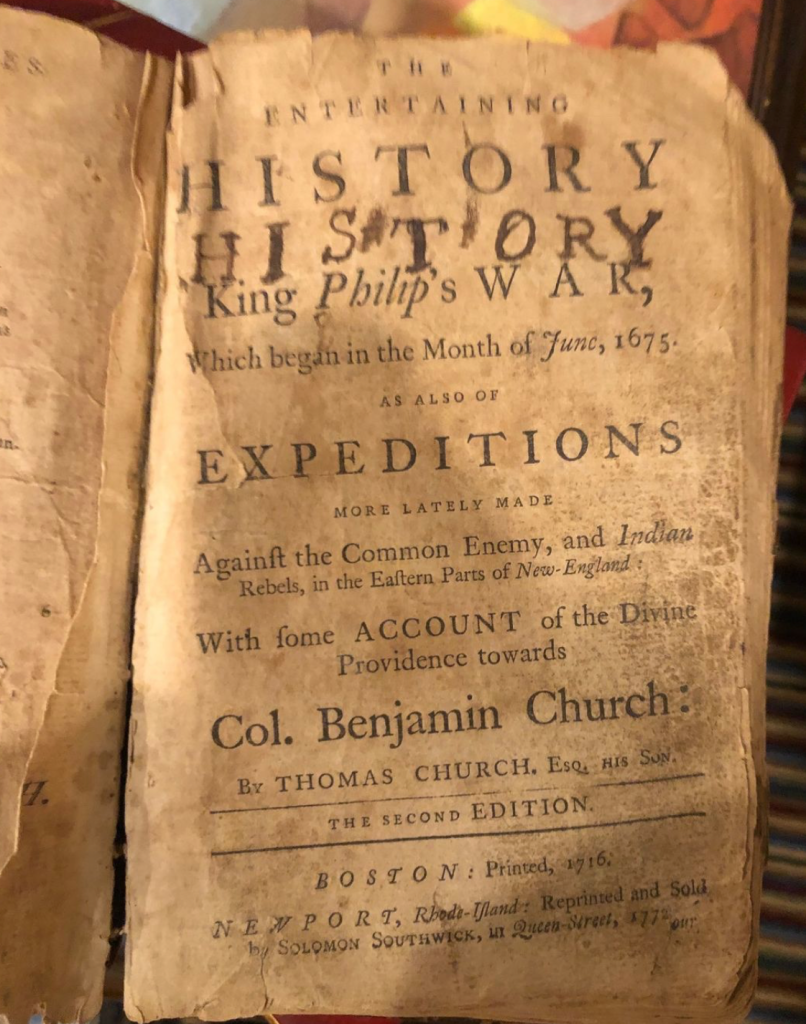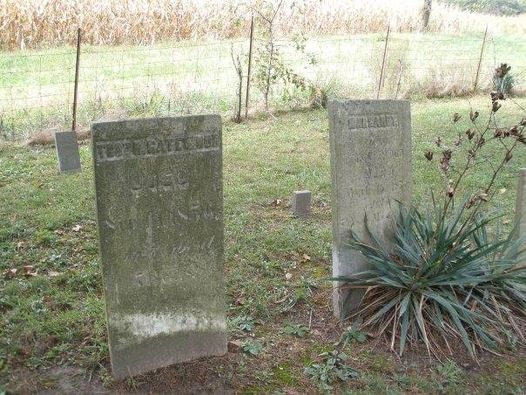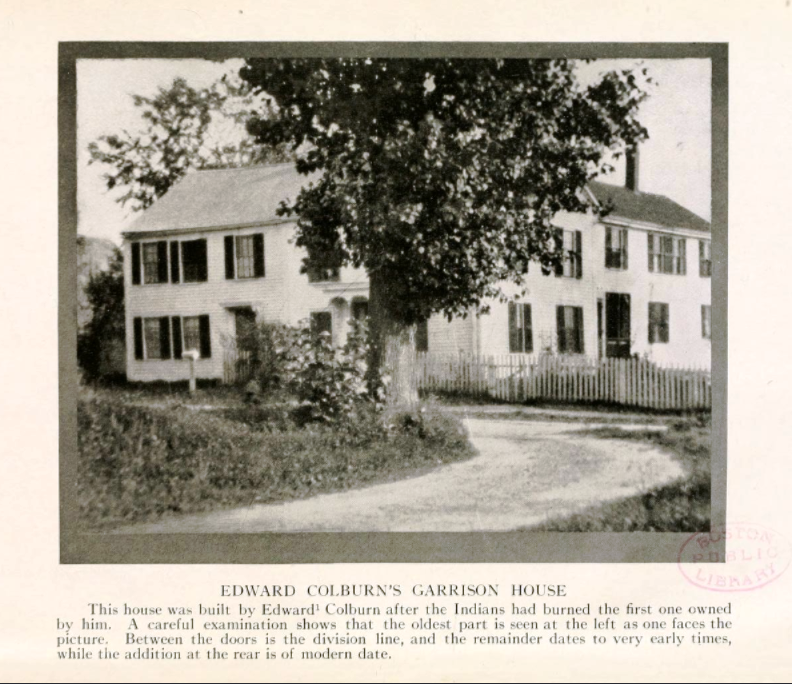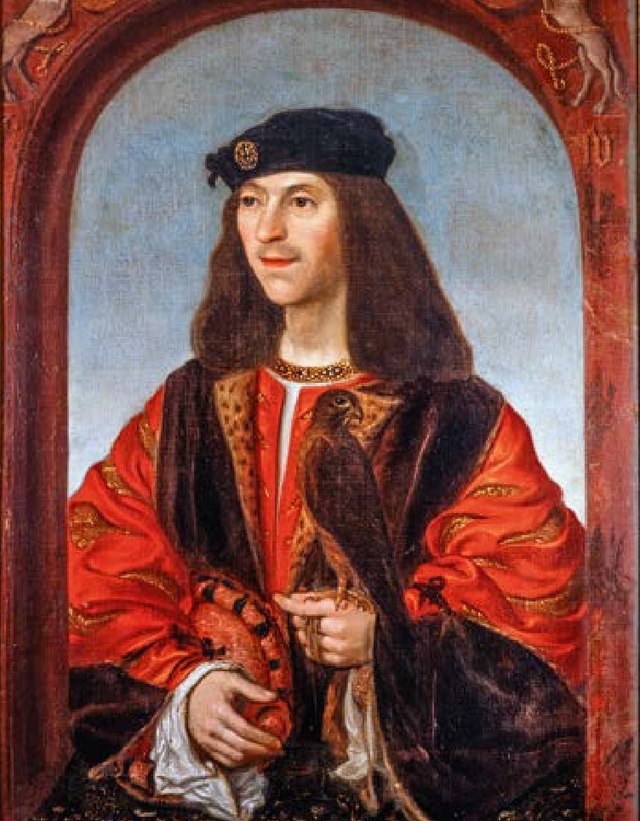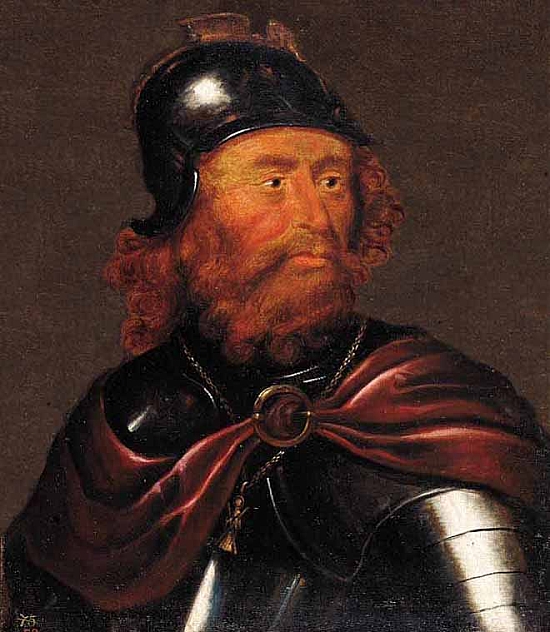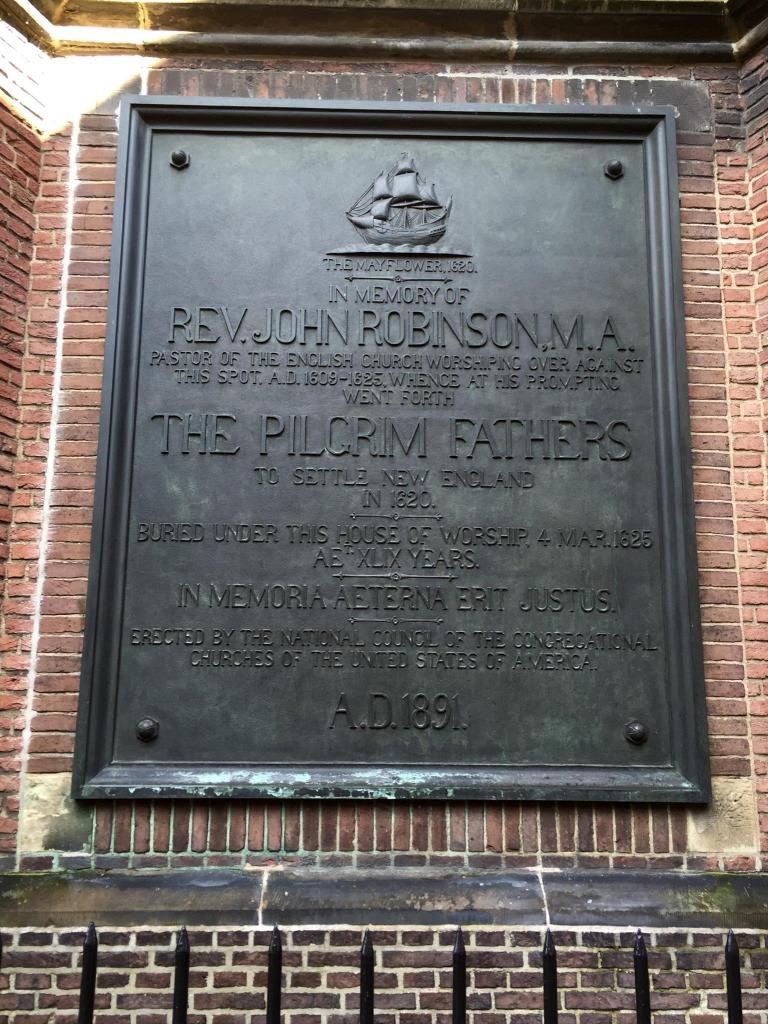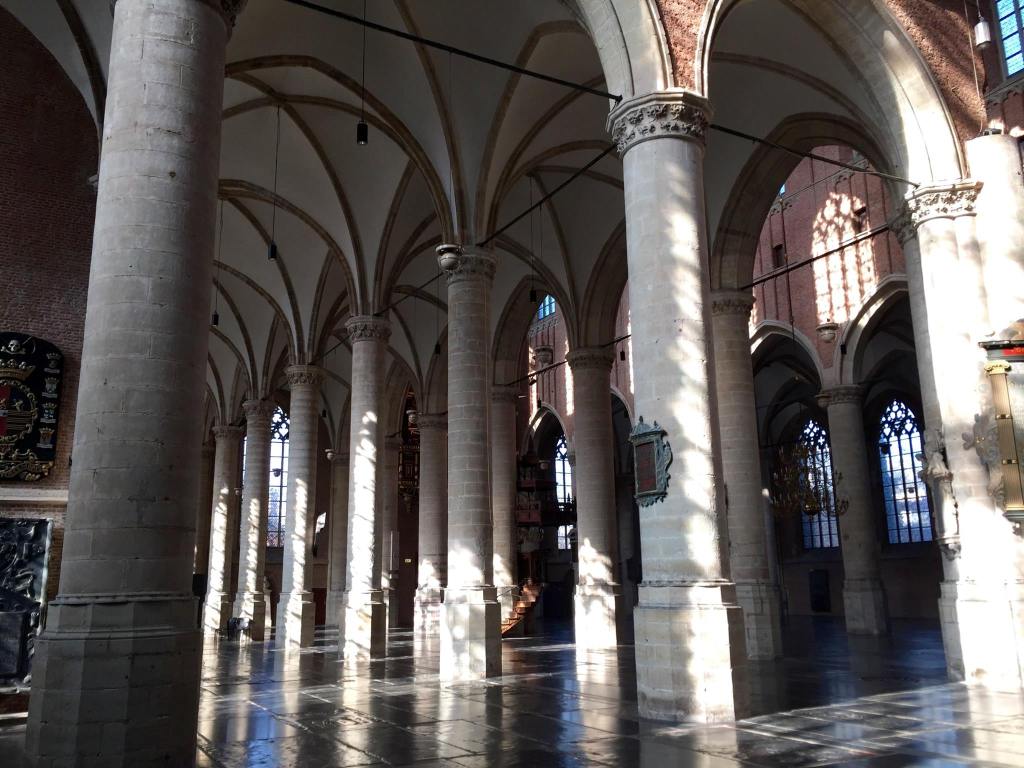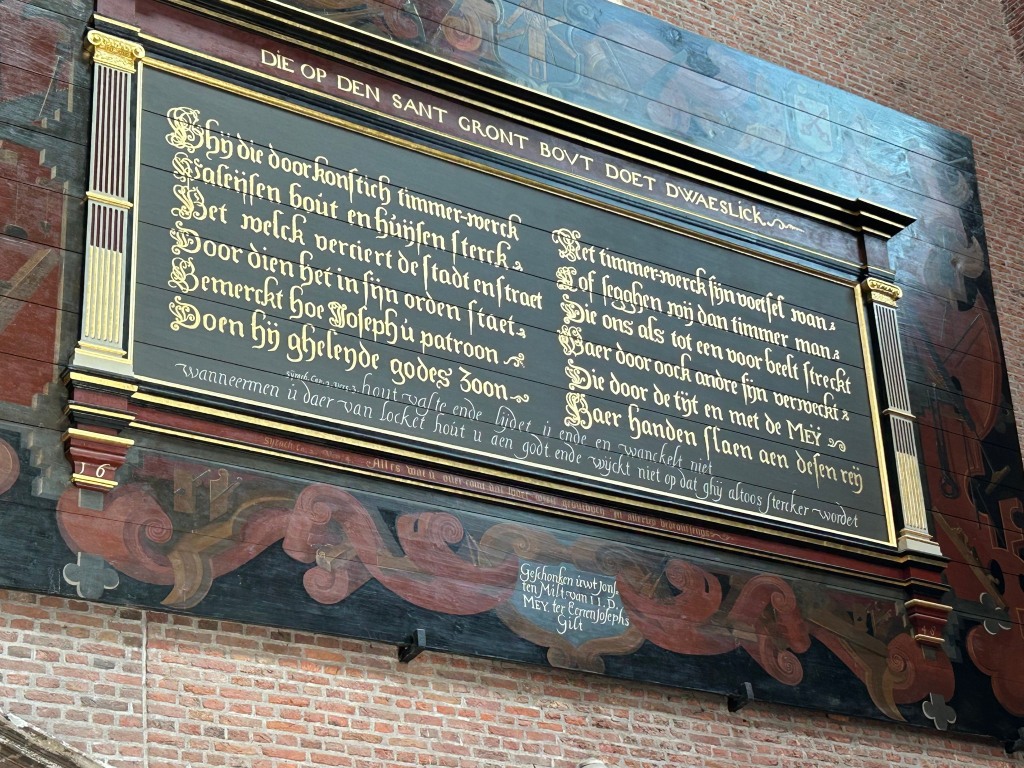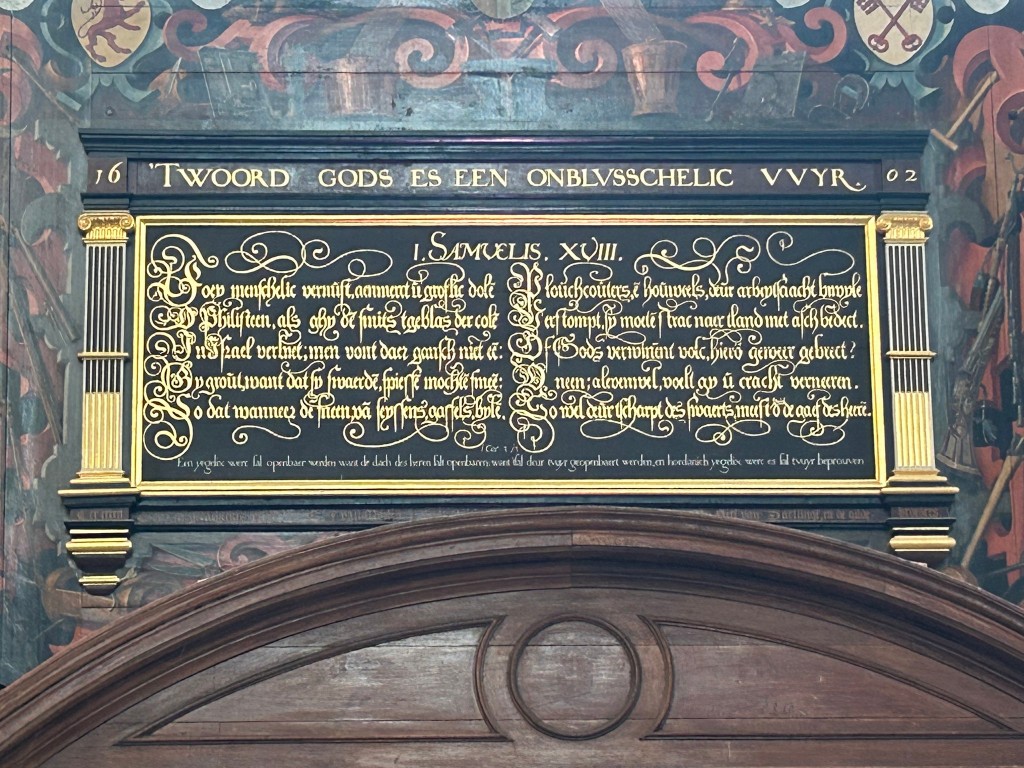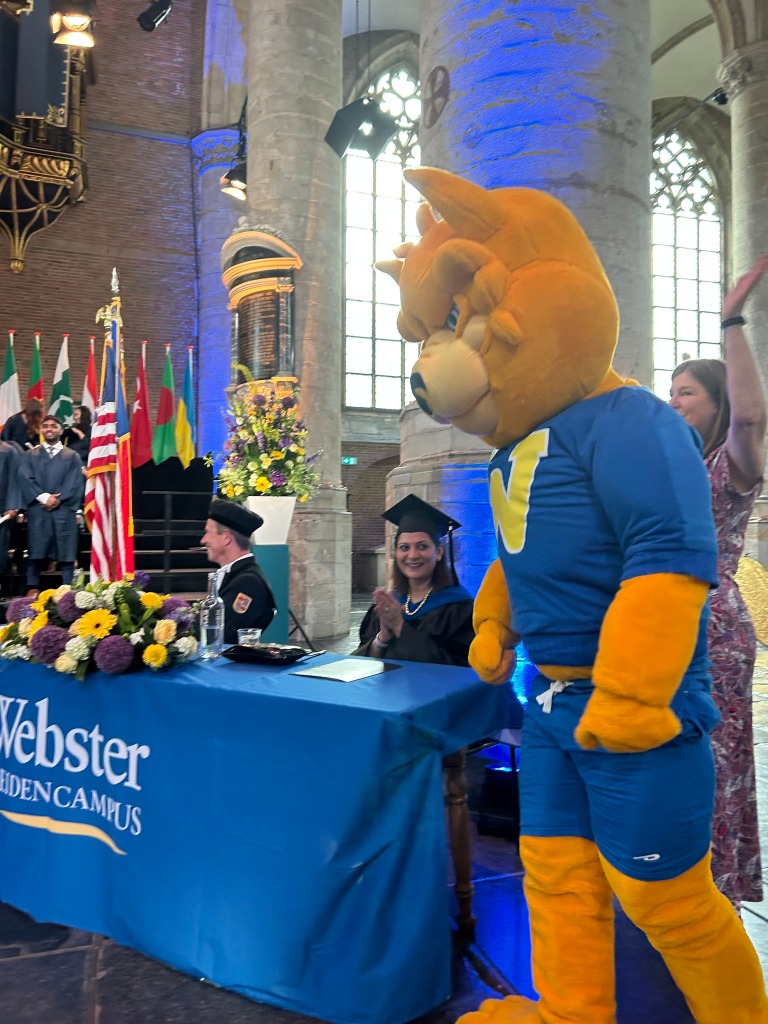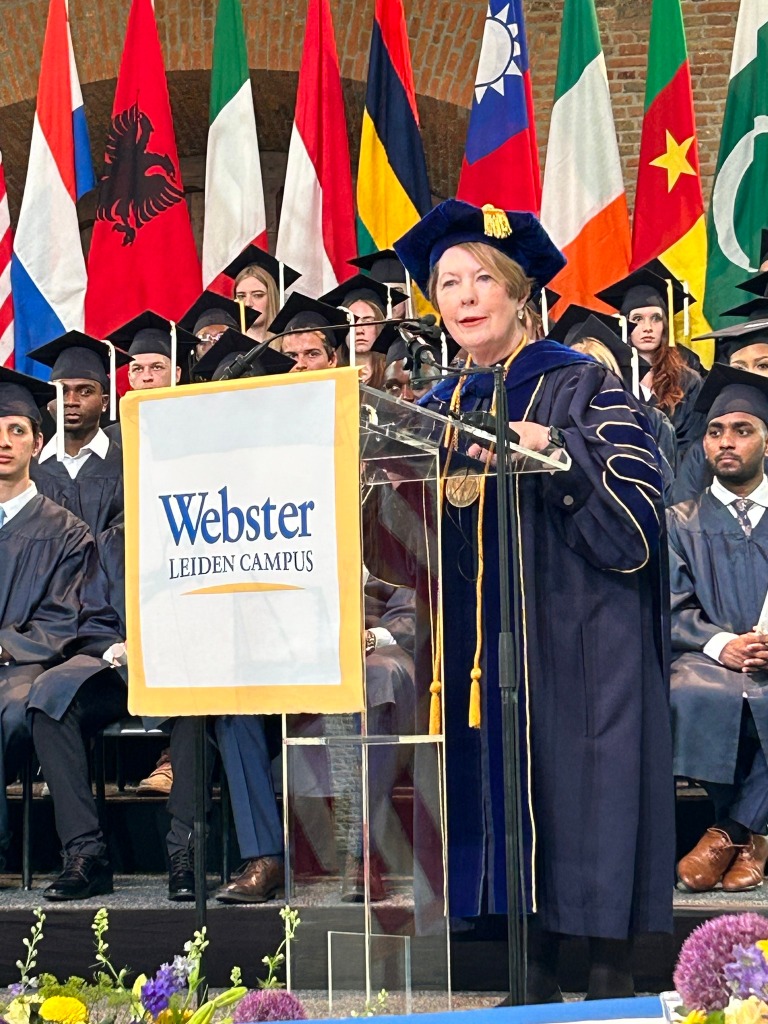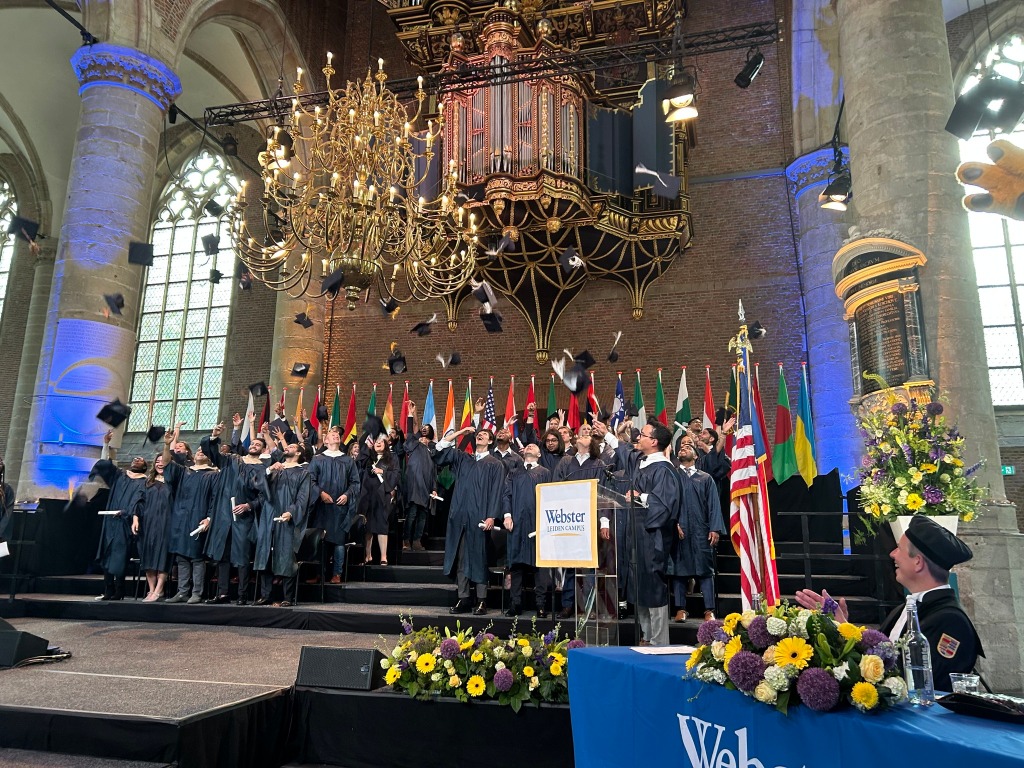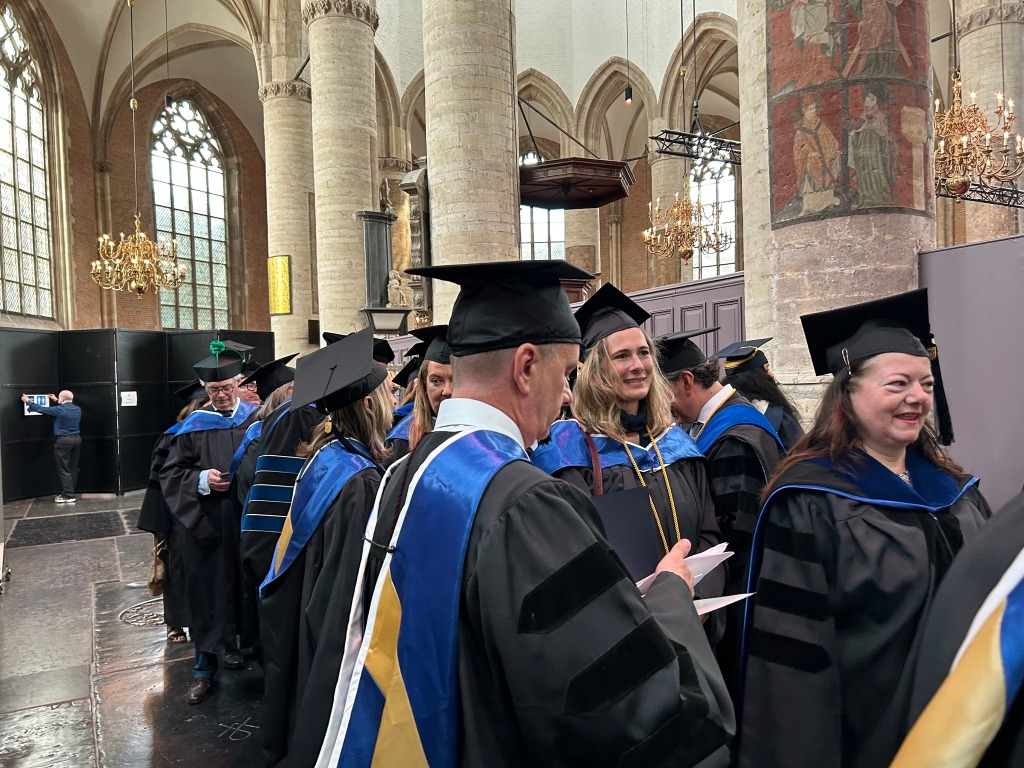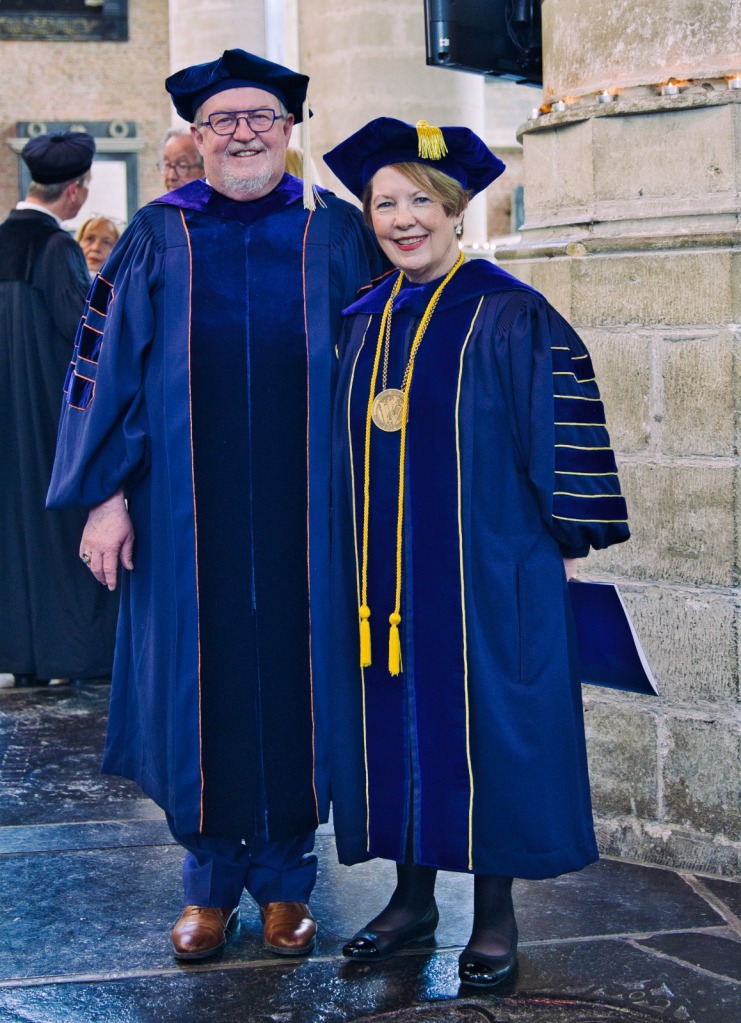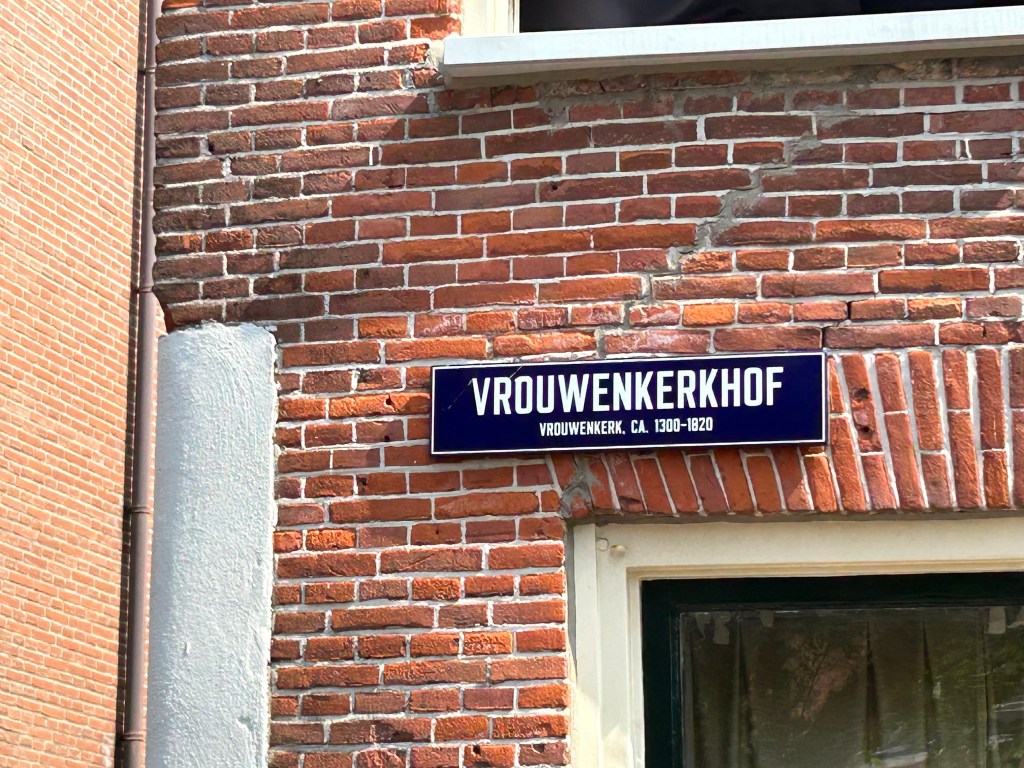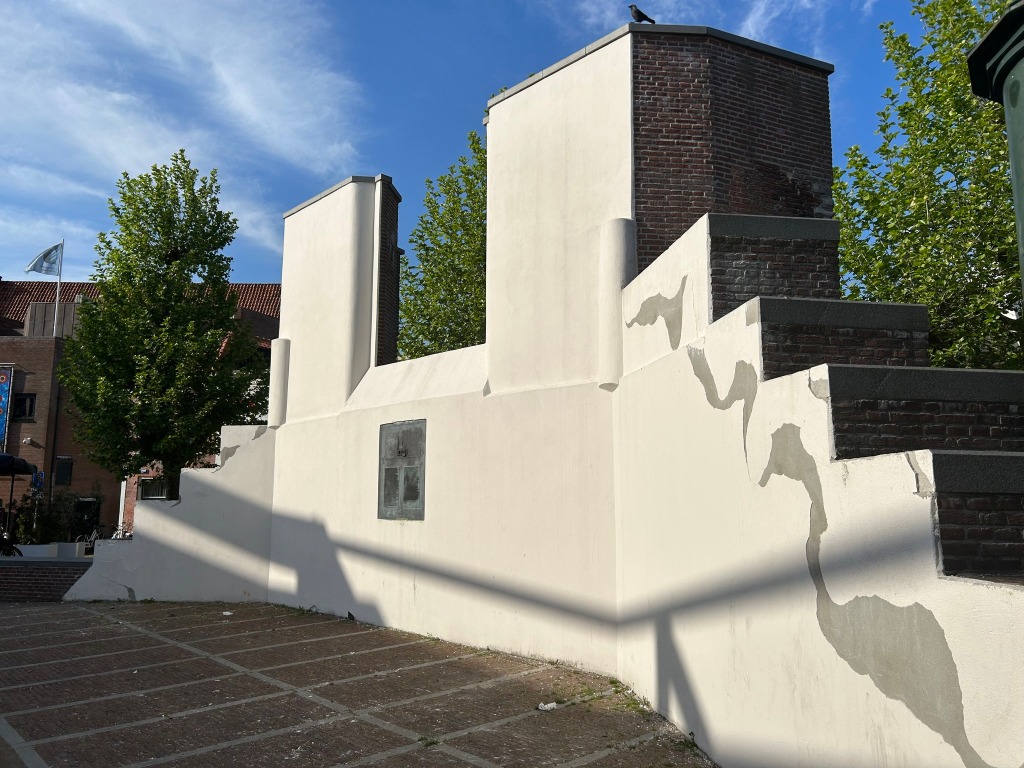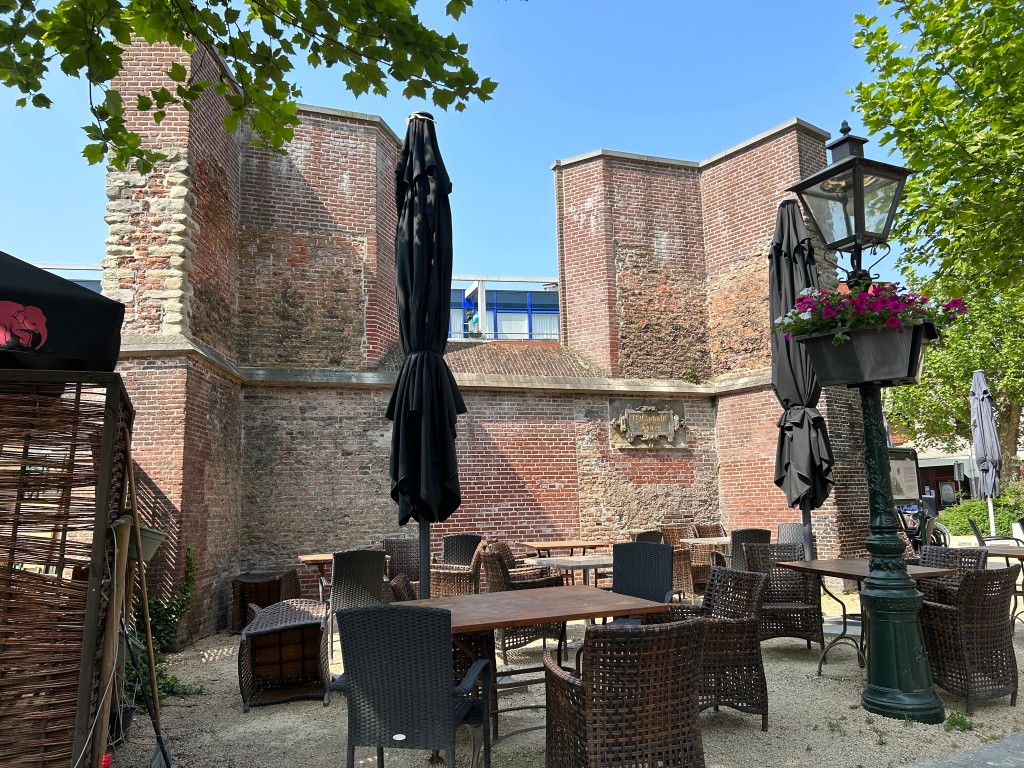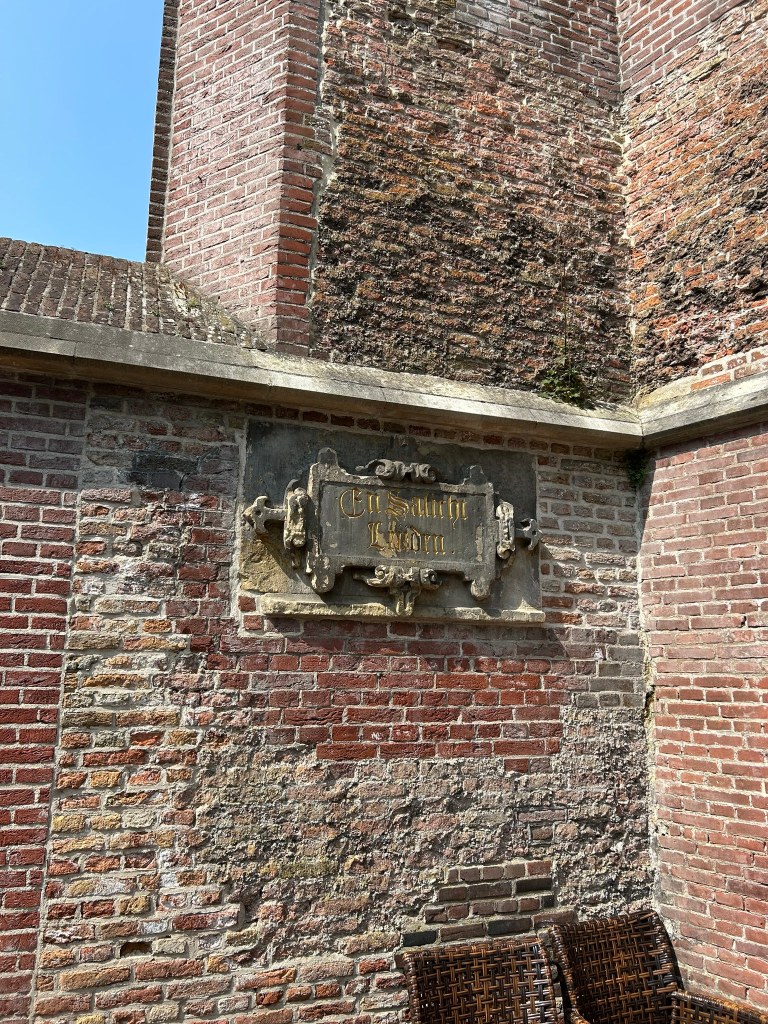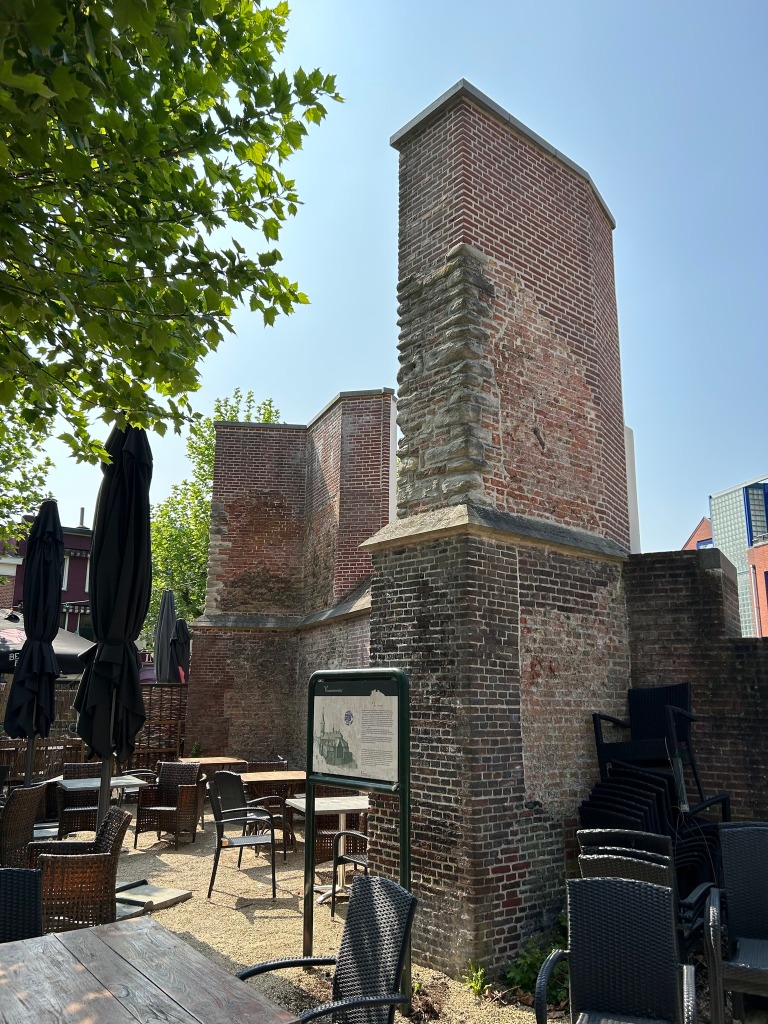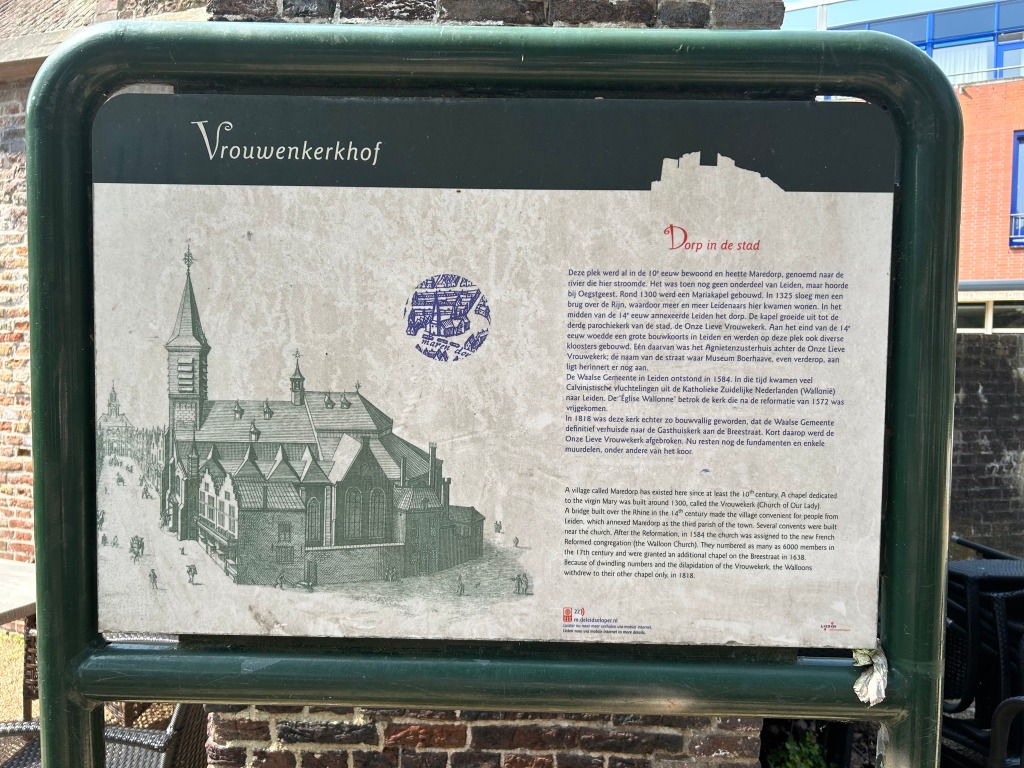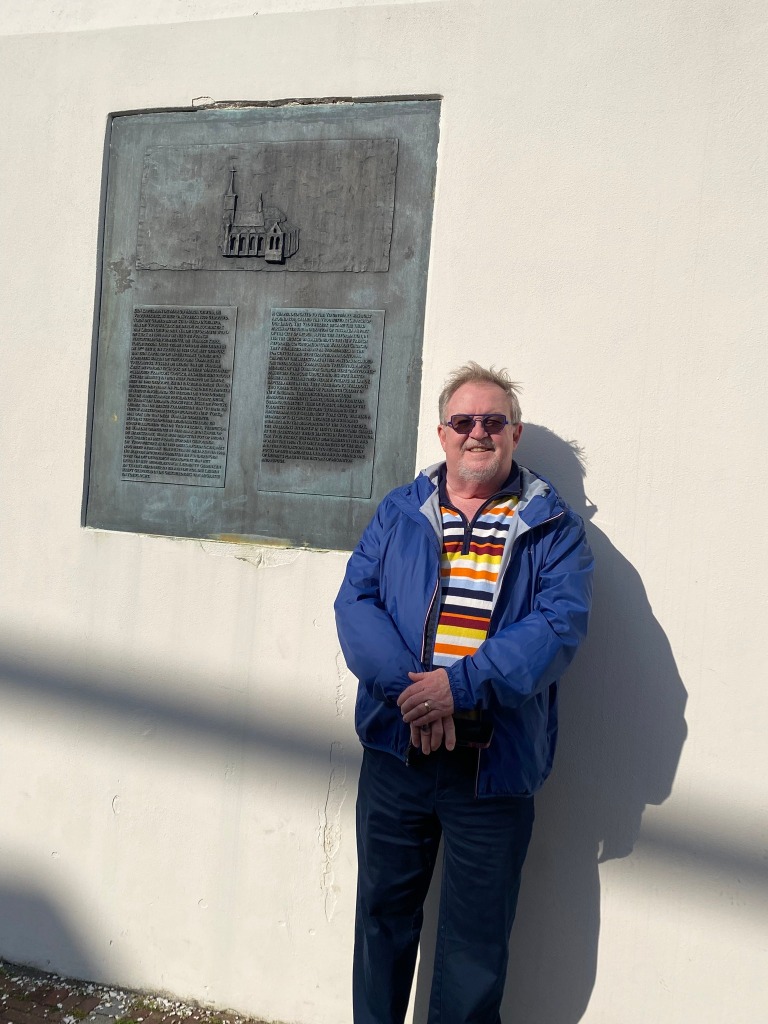Cephas Washburn (1793-1860) was the great-great-grandson of James Washburn (1672-1749) of Bridgewater, MA. James’ father John (1620-1686) emigrated to Massachusetts Bay Colony from Bengeworth, England, while James’ mother, Elizabeth Mitchell Washburn (1629-1684), was the daughter of Jane Cooke Mitchell (1605-1666), who in turn was the daughter of Mayflower passenger Francis Cooke (1583-1663). (Francis’ wife Hester, b. 1585, came a little later on another boat).
All this is to say: since James Washburn is my 6th-great-grandfather, Cephas Washburn would be my fourth cousin four times removed (if I’m figuring correctly). “I discovered Cephas from my other Washburn research. He was a noted missionary to the Cherokees. Here is a biography of him by Dianna Everett at the Encyclopedia of Oklahoma Culture and History: “I discovered Cephas from my other Washburn research. He was a noted missionary to the Cherokees. Here is a biography of him by Dianna Everett at the Encyclopedia of Oklahoma Culture and History:
“A missionary to the Cherokee people, Cephas Washburn was born to Josiah W. and Phebe Cushman Washburn in Randolph, Vermont, on July 25, 1793. After graduating from the University of Vermont, he was ordained a Congregational minister in January 1818 and afterward preached in Vermont. On October 6, 1818, he married his cousin Abigail Woodward. From October 1818 to autumn 1819 he served as a missionary in Georgia. These years encompassed the Second Great Awakening, an important period of religious revivalism and evangelism in America. The American Board of Commissioners for Foreign Missions sent Washburn to the Arkansas Cherokees. In July 1820 he preached the first sermon ever given in Little Rock, Arkansas. In company with his brother-in-law, Rev. Alfred Finney, an 1815 graduate of Dartmouth University and an ordained Congregationalist minister as well, he moved into the Cherokee country to establish Dwight Mission near present Russellville.
“When the Cherokee Nation was relocated westward to present Oklahoma in 1828, Dwight Mission moved to a new site near present Marble City, in Sequoyah County. There the Washburns remained until he resigned his position in 1850. He concluded his career as pastor of the First Presbyterian Church of Fort Smith, Arkansas, retiring in 1855. He died on March 17, 1860, and is buried in Little Rock. Washburn’s memoirs, Reminiscences of the Indians, posthumously published in 1869 and reprinted several times in the twentieth century, record his observations of the lifestyles and culture of Cherokees west of the Mississippi.”
Source: https://www.okhistory.org/publications/enc/entry?entry=WA032
